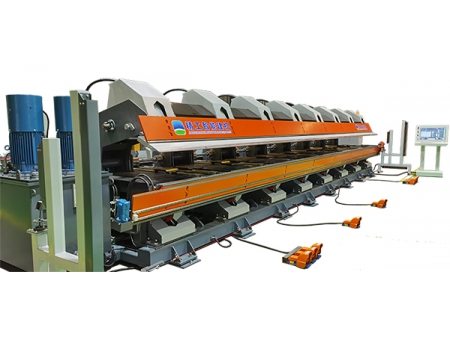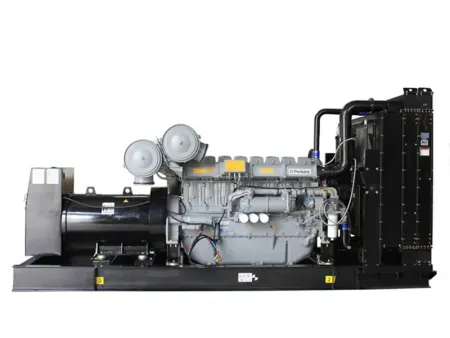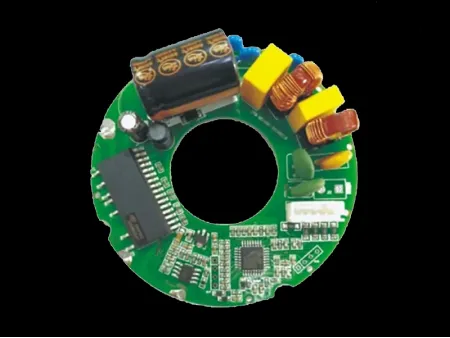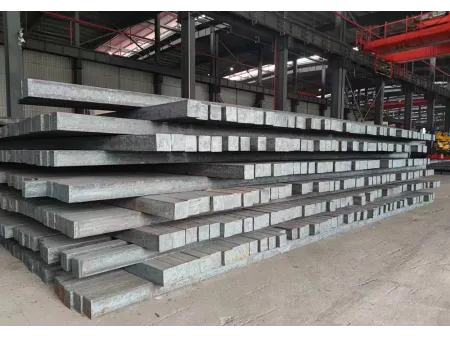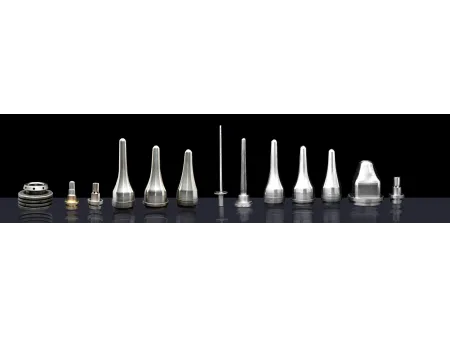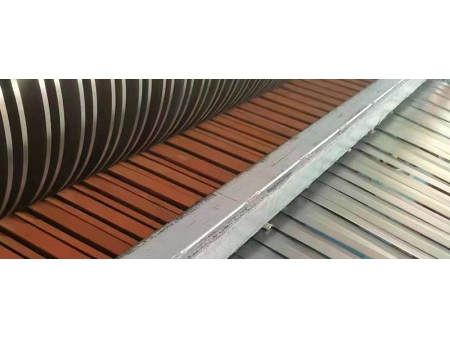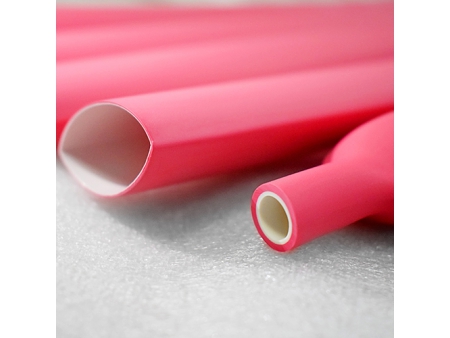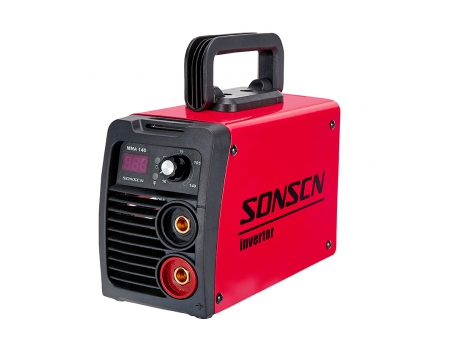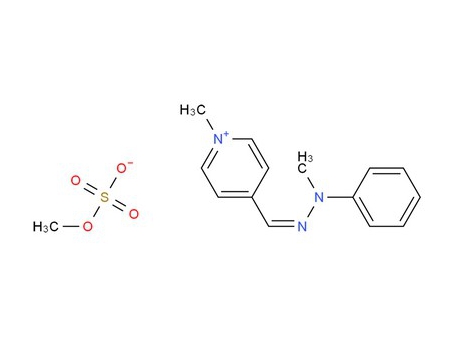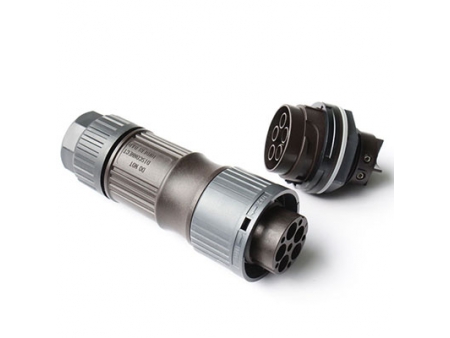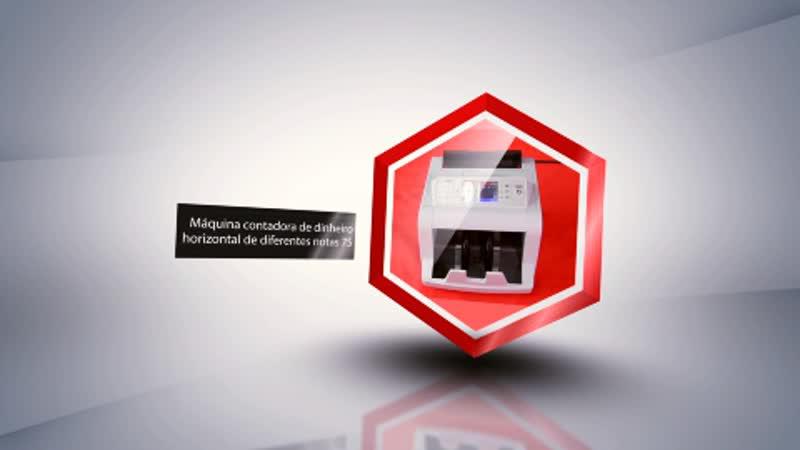DIN 601-87
Sechskantschrauben mit Schaft; Gewinde M5 bis M52; Produktklasse C
This standard. together with DIN ISO 4016, September 1987 edition. Supersedes the June 1984 edition.
This standard should be used together with ISO 4016, For details, see Explanatory notes. It is intended to withdraw the present standard by 1 July 1992 at the latest;
In keeping with current practice in standards published by the International Organization for Standardization (ISO), a comma has been used throughout as the decimal marker.
Dimensions in mm
1 Field of application
This standard specifies requirements for M5 to M52 hexagon head bolts assigned to product grade C. If, in special cases, bolts are to comply with specifications other than those given in this standard, e.g. regarding nominal lengths, these shall be selected in accordance with the appropriate standards.
2. Dimensions
Continued on pages 2 to 8
4. Designation
Designation of an M12 hexagon head bolt of nominal length, l=
Hexagon head bolt DIN 601-M12×80
DIN 962 shall apply to the designation of designs and types, with additional details to be given when ordering.
The DIN
DIN 601 Page 7
Standards referred to
DIN 13 Part 12 ISO metric screw threads; coarse and tine pitch threads with diameters from 1 to
DIN 13 Part 15 ISO metric screw threads; fundamental deviations and tolerances for screw threads of
DIN 78 Thread ends and ends of projection of bolt ends for ISO metric threads in accordance with DIN 13
DIN 267 Part 1 Fasteners; technical delivery conditions; general requirements
DIN 267 Part 2 Fasteners; technical delivery conditions; finish and dimensional accuracy
DIN 267 Part 5 Fasteners; technical delivery conditions; acceptance inspection
DIN 267 Part 9 Fasteners; technical delivery conditions; electroplated components
DIN 267 Part 10 Fasteners; technical delivery conditions; hot-dip galvanized components
DIN
DIN 962 Bolts, screws, studs and nuts; designations; types and finishes
DIN 4000 Part 2 Tabular layout of article characteristics for bolts, screws and nuts
ISO 898 Part 1 Mechanical properties of fasteners; bolts, screws and studs
ISO 898 Part 1 Tolerances for fasteners; bolts, screws, and nuts with thread diameters ≥1.6 and ≤
Previous editions
DIN 556 Suppl;10.26; DIN 556: 02.23, 04.36; DIN 601 Part 1 Suppl.1:11.42; DIN 60
1 Part f: 01.41, 09.51, 03.63; DIN 602: 07.25, 07.36; DIN 601 07.25, 07.34, 12.67, 11.
70, 12.83, 06.84.
Amendments
The following amendments have been made to the June 1984 edition.
a) A note on the period of validity of this standard has been included.
b) For sizes M10 and M12. the widths across flats specified in ISO 272 have been deleted.
c) Nominal size d s has been deleted.
d) A reference line for the determination of the hearing face diameter, d w, has been included.
Page 8 DIN 601
Explanatory notes
For more than 20 years efforts have been directed towards the achievement of the international interchangeability of fasteners by preparing international standards for the product concerned. ISO Standards have now been published for the most important types of fasteners (see ISO Standards Handbook 18).
However, international efforts only serve a useful purpose if national standards are adapted as far possible to international standards, or ideally, replaced by them. Current DIN Standards already agree in substance with the relevant ISO Standards, but still differ in some respects, as for instance in the widths across flats for hexagon products. The Federal Republic of Germany adopted International Standard ISO 272 on widths across flats as national standard DIN ISO
The manufacturers and users of hexagon products participating in the work of the Normenausschub Mechanische Verbindungselemente (Fasteners Standards Committee), together with representatives of the dealers in fasteners, have decided to introduce the new widths across flats in all relevant product standards. Since experience has shown, that the introduction of the new widths across flats has not been advanced by their inclusion in DIN Standards merely as preferred alternatives to the previous widths across flats, the following decisions have been reached to accelerate the changeover procedure.
Supplementary to current DIN Standards specifying the previous widths across flats. DIN ISO Standards dealing with the same products will. Wherever ISO Standards are available, be published which, besides introducing a number of other minor amendments, will specify the new widths across flats conforming to ISO 272. In both DIN and DIN ISO Standards attention will be drawn to the fact that the relevant ISO Standards are to be preferred and that the DIN Standard is to be replaced after a transition period of 5 years.
If no relevant ISO Standard is available, the DIN Standard will contain a foreword stating that the previous width across flats specifications are to be withdrawn after a transition period of 5 years and replaced by those specified in ISO 272.
This sets a time limit for both manufacturer and user of hexagon products by which the changeover to the new widths across flats must be effected. The responsible committee is of the opinion, that it will still be possible after this period to obtain fasteners complying with the superseded specifications as spare parts.
In some cases, the replacement of the previous DIN Standards by the relevant ISO Standards will have further consequences, besides the changeover to the new widths across flats, attention being drawn to this circumstance in the national foreword of the relevant DIN ISO Standards. These consequences result from the fact that the ISO Standards have not yet reached the same level of completeness as the DIN Standards. Thus a number of nominal sizes, as well as several product specifications for fine pitch threads are not found in the ISO product standards. Furthermore, ISO Standards on technical delivery conditions are still in the initial stages, so that specific requirements are still subject to separate agreement when ordering products in accordance with ISO Standards, as they are not in cluded in the designation for order purposes.
Besides these consequences, which are of importance when applying the new ISO Standards, the amendment of the widths across flats also have a number of consequences as regards the use of the new products which the designer must take into consideration. Besides the amended assembly sizes, this applies above all to the different surface pressure for the bearing area of the nut or the heads of the bolts. These difficulties are discussed in Recommendation VDA 262*) published by the Verband der Automobilindustrie e.v. (German Automobile Manufacturers Association).
International Patent Classification
F16 B 35 / 00
*)Obtainable from: Dokumentation kraftfahrwesen e.v., Grunerstraße 5, D-7140 Ludwigsburg.



